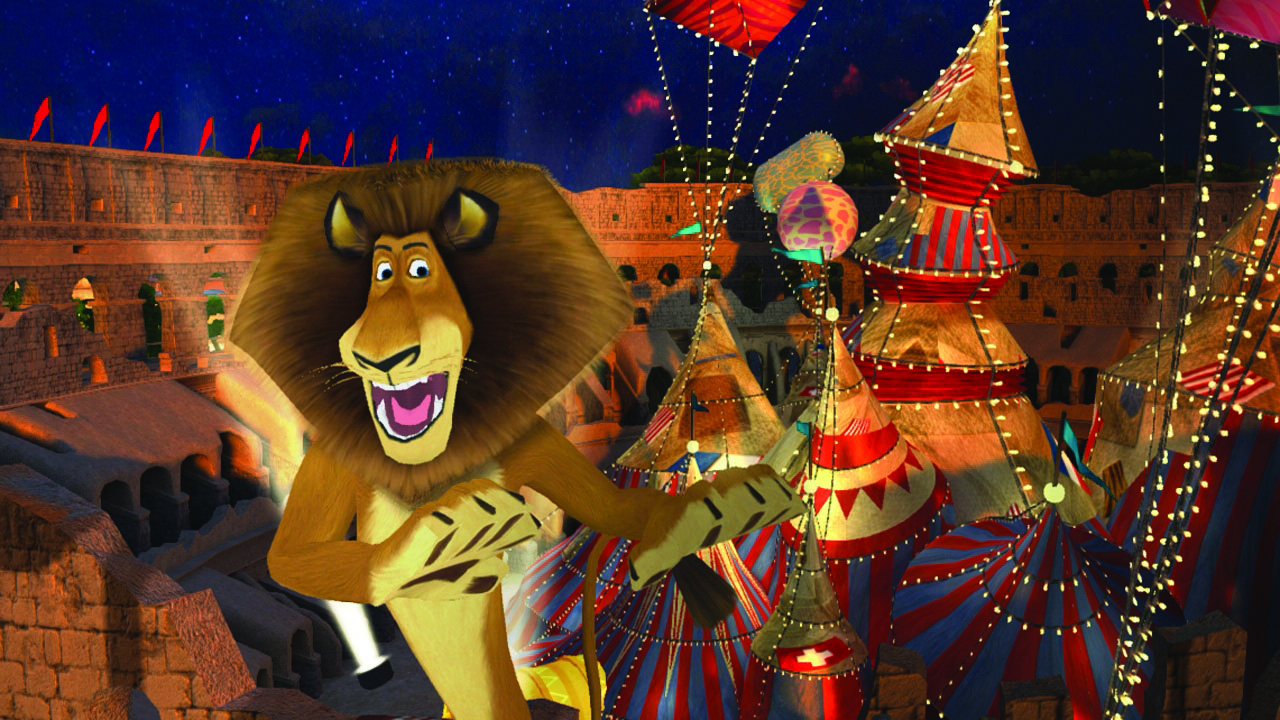Once upon a time, a movie-based video game offered players a chance to relive the film, become the characters they loved and experience the big-screen action. Not anymore.
Video games have become much more ambitious, especially on console systems, where the budgets are bigger and development takes much longer. In fact, they now aim to play an active role on the brand continuum, and add dynamism and definition to the property.
“Ten or 15 years ago, the game used to be the third or the fourth project in,” recalls Valérie Hénaire, production director at Ubisoft’s Quebec City, Canada-based studio, who headed up work on its recent Marvel Avengers: Battle for Earth. “Now it’s not as vertical as it used to be—it’s more horizontal. It’s not treated as advertising. We’re working around the same bible and style guide, but we’re not just merchandising for the movie,” she says.
“We’re trying to engage the public. You will have the video game and the mobile game and a website as well—all following parallel universes, but all tied into the same brand. If you don’t brand your project, you won’t last.”
Steve Baldoni, executive producer at L.A.’s D3Publisher, agrees. “We would rather concentrate our efforts on expanding the universe of the licenses. We want to offer more of the properties than the users would otherwise be exposed to,” he says.
D3Publisher has worked on movie adaptations such as Madagascar 3: The Video Game and Rise of the Guardians: The Video Game, as well as adaptations of TV properties like iCarly and Ben 10. Baldoni says content originators are often glad for the opportunity to work with his team because they get a chance to use ideas or creative that may have been cut from the original content. “Many times, their turnaround times are a lot shorter than ours,” he notes, “so we can do things they can’t.”
The key to success is getting all parties to work closely before they go to market.
Hénaire says her team has frequent contact with the IP owner throughout the process, sending videos and builds, and setting important milestones for review and comment. They work together to identify key creative components such as writing, voice talent and music.
Baldoni notes that his team benefits from any visual assets the licensor can share, like existing animations or environments, because it gives them a head start in the development cycle.
While the developer is responsible for the creation of the game, with so much work being done simultaneously, it behooves IP owners to be proactive. “The brand owner has to be involved,” asserts Hénaire. “Whenever brand licensors are not involved in the project enough, it will suffer.”
Despite increased pressure from social media and mobile gaming, console developers and studios are anything but gun-shy. In fact, they appear to have taken it all in stride.
“I would say we are more ambitious,” contends Hénaire. “We’re no longer talking about a title, we are talking about an experience—a universe. I think we spend more time on conception and pre-production than we used to because we have to make sure that [the game] ties in, and that each device will bring engagement from the players and fidelity to the brand. We are not porting [to different devices] anymore. We try to complement the experience.”
But while developers are getting more ambitious, and advancing game technology is putting increased demands on resources, both Hénaire and Baldoni say development times and costs have generally remained stable because the need for more resources is being offset by institutional knowledge, experience and expertise.
Nor does new competition mean that developers are entrenching. D3Publisher, for example, recently released its first game app, Madagascar: Join the Circus!, which was downloaded over two million times in its first two months on the market.
“This is the very beginning for us,” notes Baldoni. “There is a different set of rules for apps, but we still have to meet the expectations of the licensor and brand scrutiny, and we have to focus on compelling game play.”
It also means managing the title after release, including software updates and new content rollouts. But Baldoni is excited by that prospect. “You have more opportunities,” he says. “The game only gets bigger as more people play. It’s almost like an MMOG in some ways.”






















